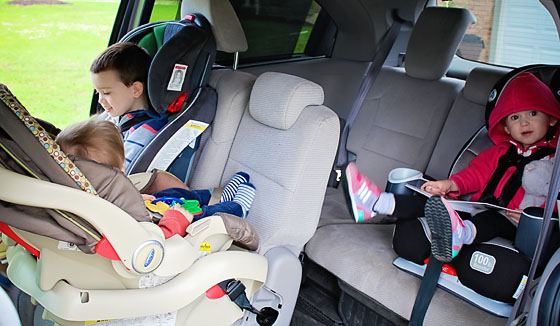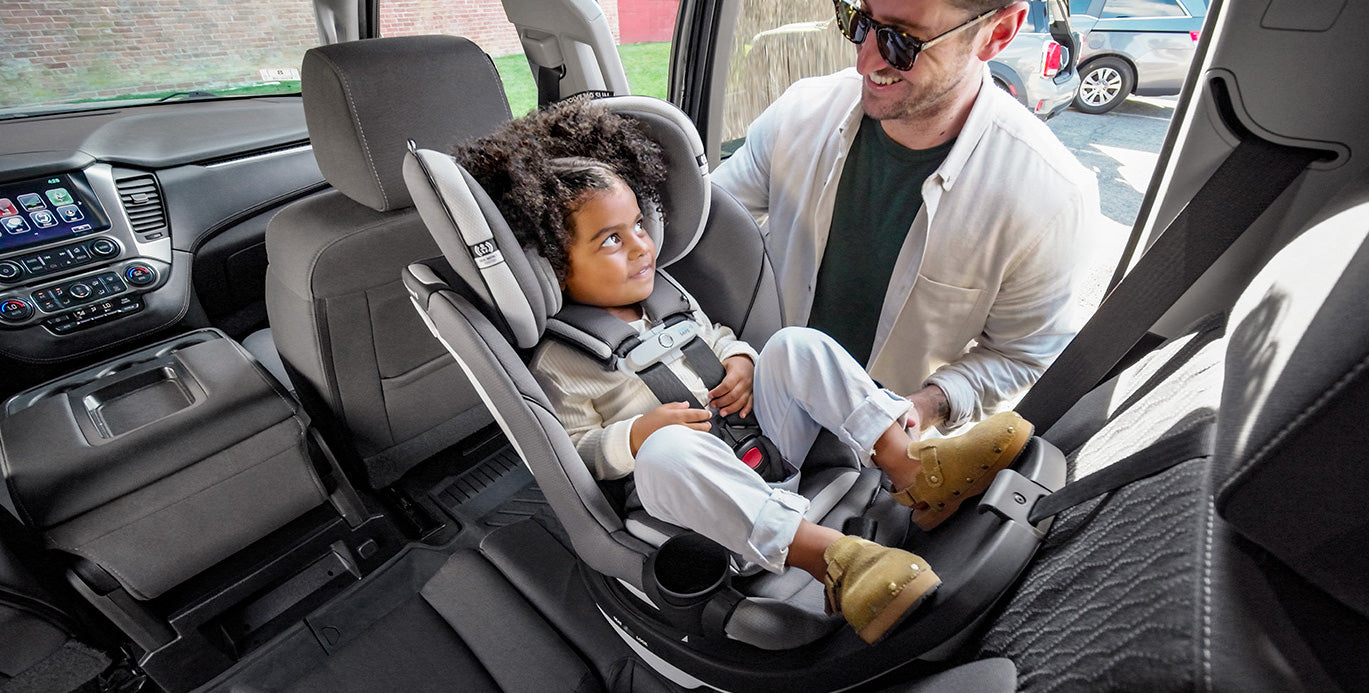Car Seat Safety: What Every Parent Needs to Know
What Every Parent Needs to Know

When it comes to your child’s safety, few things are as crucial as choosing the right car seat. Every parent wants to ensure their little ones are protected during travel, but navigating the world of car seats can feel overwhelming. It’s essential to be informed of various types, regulations, and installation processes. This article will break down everything you need to know about car seat safety to help you make the best decisions for your child.
The Role of Babymore in Car Seat Safety

Babymore is a trusted British brand specializing in designing and manufacturing high-quality nursery furniture and baby products. With years of experience, Babymore offers a wide range of award-winning cribs, cot beds, mattresses, prams, pushchairs, and car seats. Their commitment to safety and quality ensures that parents can trust their products to provide the best care for their little ones.
Understanding the Different Types
Some various types, each designed for different stages of a child’s growth. Here’s a quick rundown:
- Infant Car Seats: These rear-facing seats are designed for newborns and smaller babies. They provide the best protection for young infants and are often portable.
- Convertible Car Seats: These versatile seats can be used both rear-facing and forward-facing. They are suitable for infants and can grow with your child.
- Booster Seats: Once children outgrow their convertible seats, booster seats help position the seat belt correctly on their smaller frames.
- All-in-One Seats: These seats combine the features of infant, convertible, and booster seats, allowing you to use them throughout your child’s development.
Choosing the right type of car seat is essential for ensuring your child’s safety. Always follow the manufacturer’s guidelines regarding weight and height limits.
The Importance of Rear-Facing
In the event of a collision, these seats support the child’s head, neck, and spine more effectively than forward-facing seats. According to safety experts, children should remain in a rear-facing seat until they reach the maximum weight or height limit specified by the car seat manufacturer, typically around 2-4 years old.
Installation: The Key to Safety
Proper installation is crucial for ensuring a car seat provides maximum protection. Here are some essential tips for safe installation:
- Read the Manual: Always consult the car seat manual and your vehicle’s owner’s manual for specific installation instructions.
- Secure the Base: If using an infant car seat, ensure the base is firmly installed. Use the seat belt or LATCH system, making sure it doesn’t move more than an inch when pulled at the base.
- Check the Angle: The car seat should be at the correct angle to keep your baby’s airway open. Most seats have indicators to help you with this.
- Harness Your Child Correctly: Make sure the harness is snug and the chest clip is at armpit level. A proper fit keeps your child secure during a crash.
Safety Checks
Regular checks can help ensure your car seat is functioning correctly and providing the best safety for your child. Here are some things to inspect:
- Expiration Date: Car seats have an expiration date, typically around six to ten years after the manufacturing date. Check for the date and replace the seat if it has expired.
- Wear and Tear: Inspect the straps, buckles, and foam for any signs of damage or wear. If you notice any issues, it may be time to replace the car seat.
- Recall Information: Stay informed about any recalls on your car seat model. You can check the National Highway Traffic Safety Administration (NHTSA) website for updates.
Transitioning to the Next Stage
As your child grows, you’ll eventually need to transition to the next type of car seat. Here are some guidelines for when to make the switch:
- From Rear-Facing to Forward-Facing: Transition only when your child has reached the maximum weight or height limit for their rear-facing seat, usually between 2-4 years.
- From Forward-Facing to Booster Seat: Your child should remain in a forward-facing car seat with a harness until they reach the maximum weight limit, which is often between 40-65 pounds.
- From Booster Seat to Seat Belt: Children should use a booster seat until they are at least 4 feet 9 inches tall and between 8-12 years old, depending on state laws. The seat belt should fit properly, with the lap belt resting low on the hips and the shoulder belt crossing the chest.
Conclusion:
Car seat safety is an essential aspect of protecting your child while traveling. By understanding the different types of car seats, ensuring proper installation, and regularly checking for safety compliance, you can significantly reduce the risk of injury in the event of an accident. Always prioritize your child’s safety by making informed decisions and staying up to date on best practices. With the right car seat and knowledge, you can confidently protect your most precious cargo on the road.









